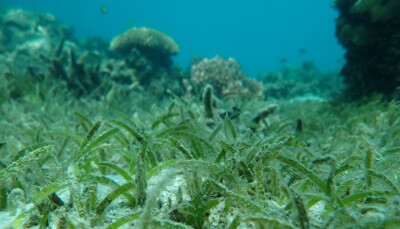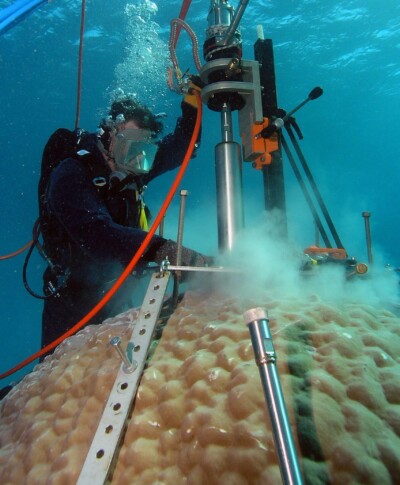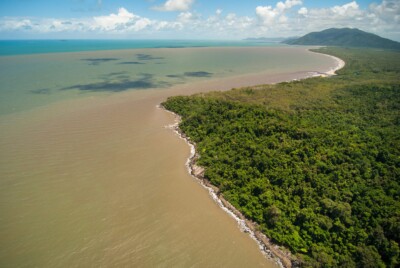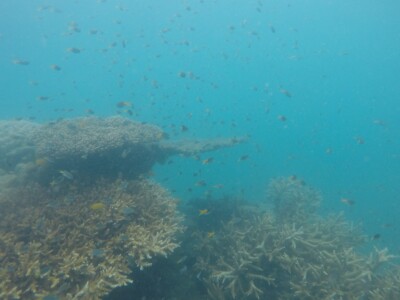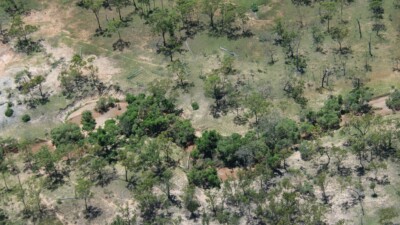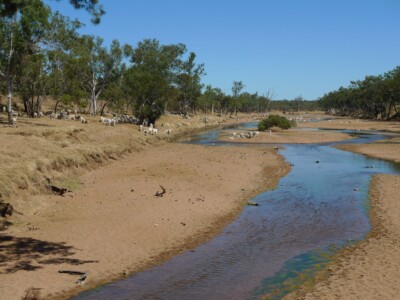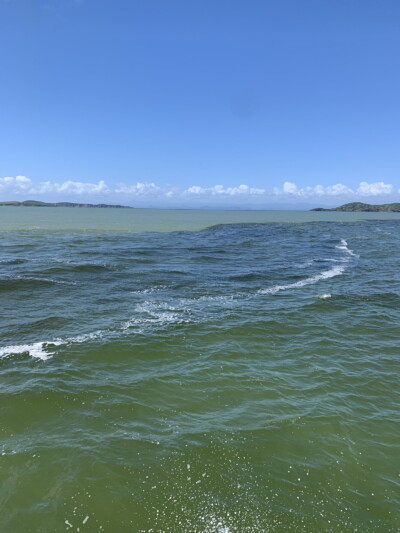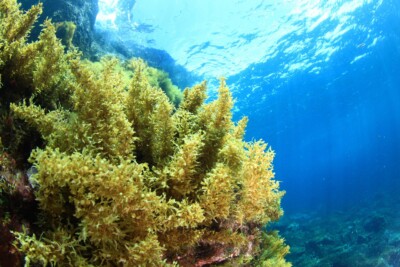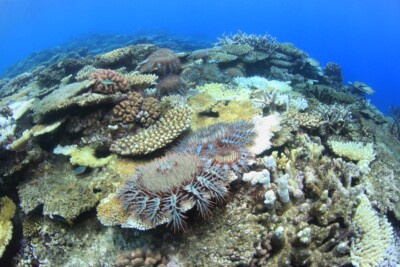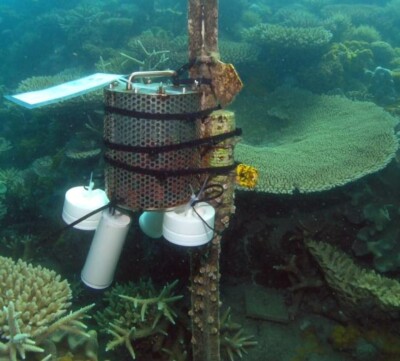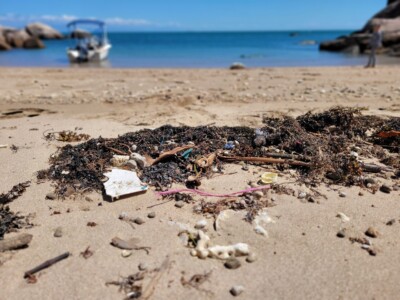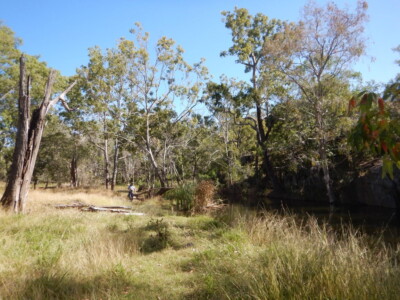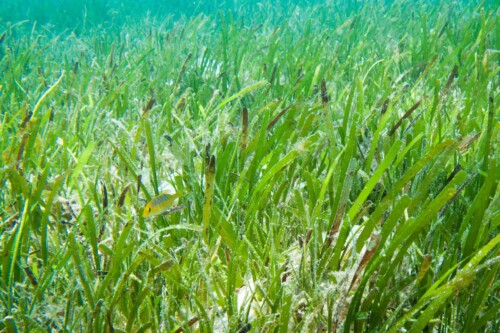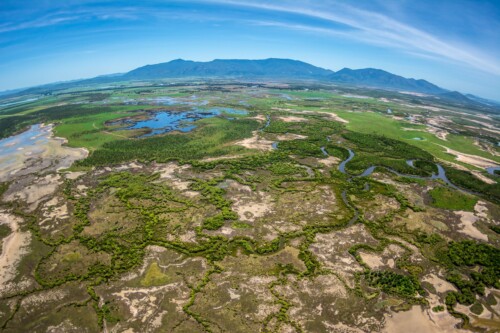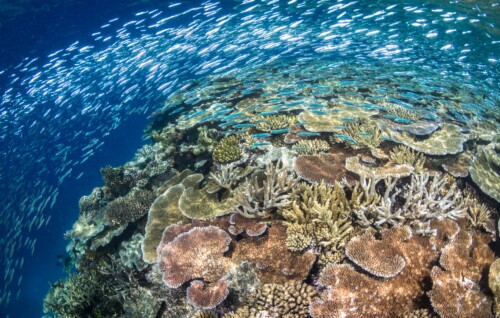Values, condition and drivers of health of the Great Barrier Reef

How are the Great Barrier Reef’s key ecosystem processes connected from the catchment to the reef and what are the primary factors that influence these connections? [Q1.4]
Authors: Aaron Davis1, Richard Pearson1
Affiliations: 1Centre for Tropical Water & Aquatic Ecosystem Research (TropWATER), James Cook University
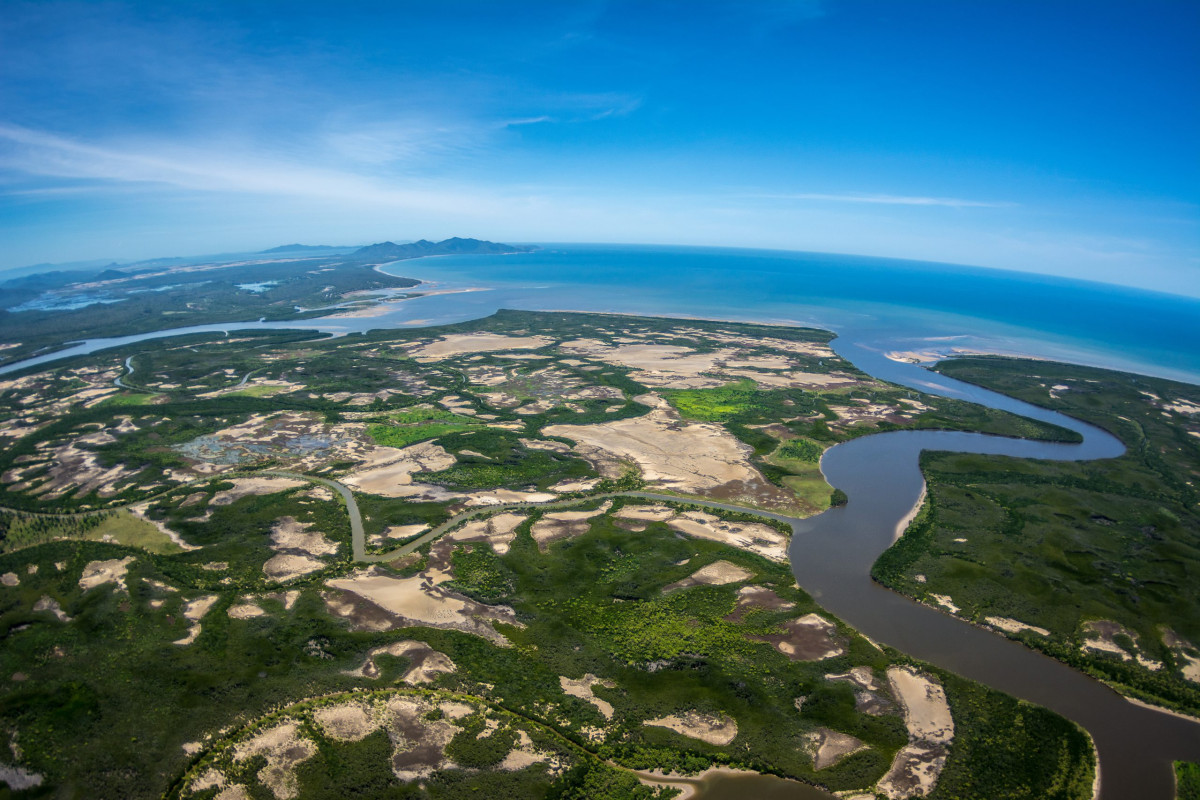
Evidence Statement
The synthesis of the evidence for Question 1.4 was based on 276 studies undertaken mostly in the Great Barrier Reef and published between 1990 and 2022. The synthesis includes a Moderate diversity of study types (observational 69%, experimental 2%, modelling 14% and reviews 15%), and has a High confidence rating for both catchment and marine components (based on High consistency and High overall relevance of studies).
Summary of findings relevant to policy or management action
Evidence published over the last three decades for the Great Barrier Reef and its catchment universally indicates the importance of the biophysical, and particularly the hydrological, connections within and between freshwater and marine ecosystems. Connections across the catchment to reef landscape are diverse and essential to many biogeochemical and ecological processes, plants and animals. In the catchment, there are important connections between land and waterways, and through the aquatic system, with transport of dissolved and suspended materials from land-based activities (e.g., agriculture, urban areas and coastal development), including sediments, organic material, nutrients and pesticides, plant propagules and animal larvae. Larger animals, especially fish, actively move between connected habitats for reproduction and dispersal. The strength of the catchment to reef connections typically diminish from inshore to offshore, especially in the case of the transport of sediments and dissolved materials. However, some connections remain strong across an inshore to offshore gradient – for example, for animal species that migrate from streams to oceanic waters. Strong connections in marine systems are driven by prevailing water currents for planktonic organisms, and by migratory capabilities of others, especially vertebrates. Connectivity is strongly influenced by many spatial and temporal patterns and processes (e.g., biogeographic history, oceanographic and catchment hydrodynamics, flood plumes, tides, life history strategies), and may be interrupted by some natural and, increasingly, anthropogenic processes and drivers. Current knowledge is sufficient to provide a holistic framework for future policy and management, incorporating cross-disciplinary and cross-jurisdictional planning to the entire catchment to reef landscape.
Supporting points
- Demonstrated connections between the catchment and the reef include:
- input of land-based materials (especially sediments, organic material, nutrients and pesticides), with variable effects on downstream environments;
- a range of interdependencies between catchments, estuaries and the Great Barrier Reef lagoon in the life histories of many species, especially crustaceans and fish, largely determined spatially and temporally by water connections and currents;
- passive dispersal of plankton, including animal larvae, and plant propagules, by marine currents; and
- active dispersal and migration of larger organisms, including sharks, bony fish, turtles, birds, dugongs and whales.
- Coastal ecosystems provide a critical biogeochemical and hydrological connection between catchment and marine habitats. These ecosystems fix and transform materials (particularly carbon and nitrogen), and exchange gases and dissolved and particulate materials with adjacent coastal habitats, such as deeper seagrass communities and nearshore coral reefs. They also provide important habitat for many species that move between the catchment and the reef.
- Coastal ecosystems dominated by plants – such as mangroves, saltmarshes, and seagrasses – are increasingly appreciated for playing a large and critical role in the global sequestration of carbon that would otherwise remain as atmospheric CO2 which can exacerbate climate change.
- Anthropogenic barriers to connectivity are created by artificial structures for water management in catchments, such as dams, weirs, other water control structures, and culverts; by stretches of poor water quality, especially discharges during critical periods of faunal movement; and dense plant growth (exacerbated by loss of riparian shade and input of nutrients from agricultural drainage). Marine dispersal may be interrupted or curtailed by natural temperature gradients, human-induced change to marine temperature regimes and input of poor water quality from catchments.

